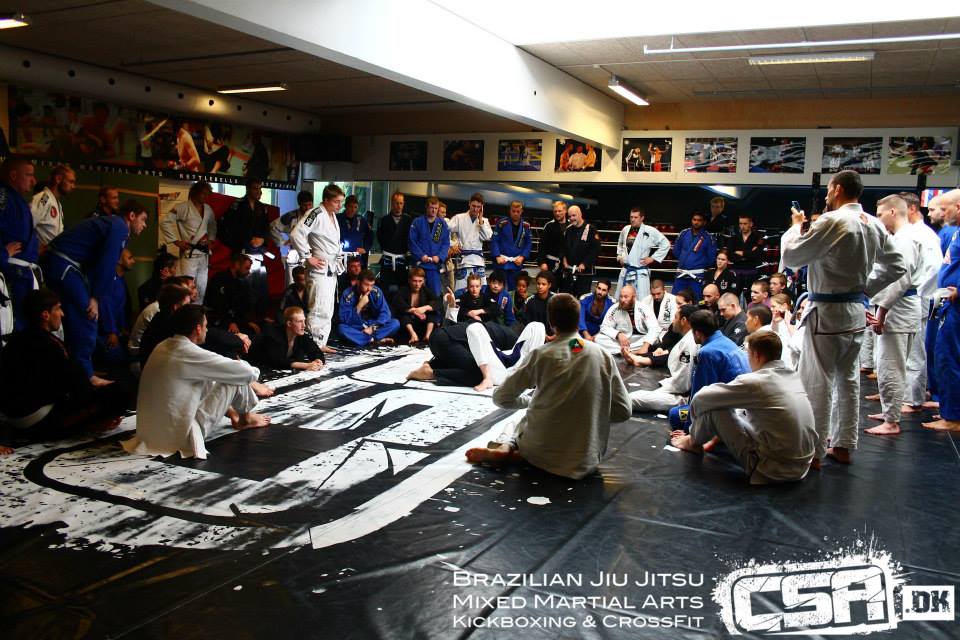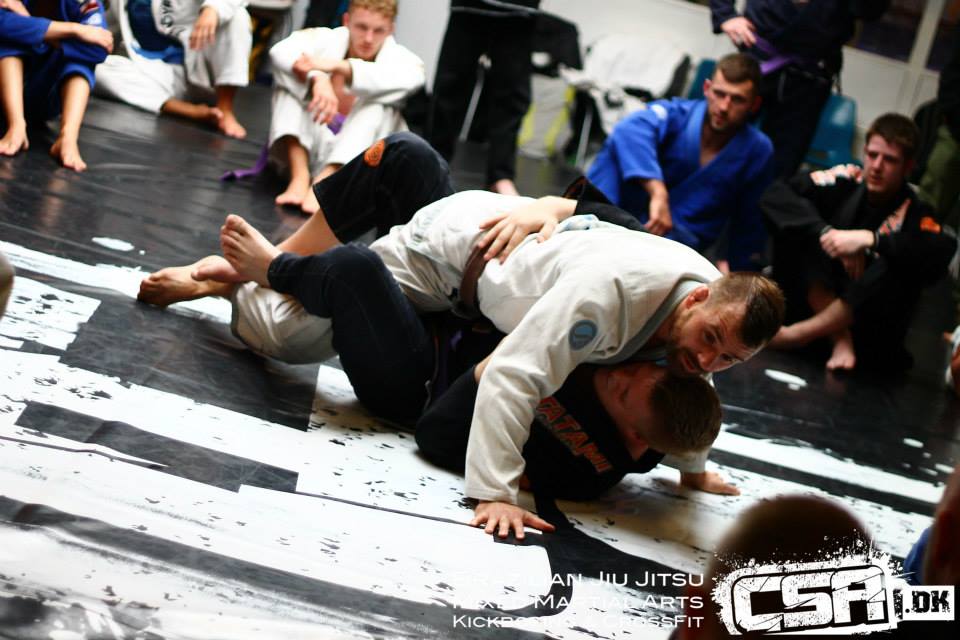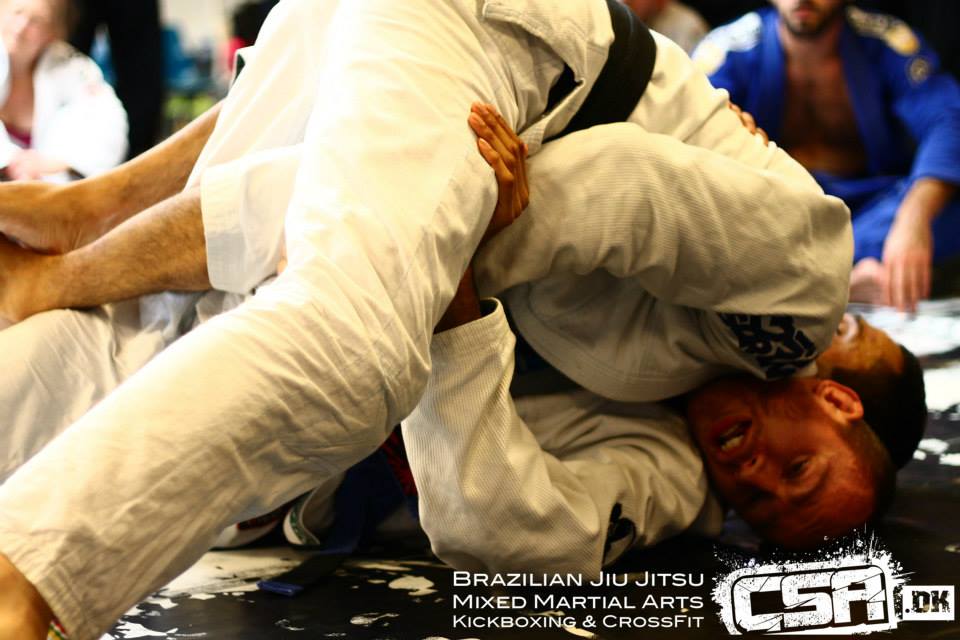Daniel Bertina: Slight Improvements For Daily Techniques
Escaping the mount

When hip-escaping, stretch the leg on the side where the elbow will push in, and kick outwards to relieve some pressure. When hip-bumping, look the other person in the eyes, meaning that if he posted at an angle, you have to match that angle with the upper body before bridging.
Look him in the eyes
Turning The Wheel
When escaping side control, the closed-side elbow needs to be on the ground for pretty much everything. Doing the turning the wheel motion will help create space; in the case of side mount, it allows to push the opponents head to the other, closed side. From there, it’s easier to get a leg back in and reguard. Or alternatively, butterfly or single leg.

Sometimes you end up in half butterfly, either from a blocked reguard or elsewise. Turning the wheel applies here too; to pass, the opponent needs his head on the side of the trapped wing and forcing it to the other side will block his progress.
The same principle can also be used to get out of kesa-gatame or of knee on belly with a smaller motion.
Christian Graugart: Guillotine + Underhook Fork
Christian demonstrates a control he mostly uses in no-gi, for example in top half guard: one arm gets a guillotine and the other an underhook. The position can apparently be used from anywhere but from the bottom and is solid, especially if you sprawl with your chest. If the underhook isn’t there, the second arm can be used to reinforce the guillotine threat.
The position threatens the submission by guillotine, the pass to the open side and whatever with the underhook. The idea is to maintain all three threats until the focus is suffficiently away from one to work on one of the others.
Ingthor Vladimarsson: Maintaining Mount
The knees need to be tighly clamped to the body. When the bottom person tries to bridge, the hook on one of the sides stretches to prevent the move. If he tries to push the hips away using his hands, take the ezekiel choke but pressing with the fist rather than the forearm.

Oli Geddes: Tripod Pass
From half-guard, take the underhook then plant the head to the closed side (opposite to the underhook). With the closed side arm, grab the knee and tripod up — once up, push the knee away to clear the half guard. From there, start walking in a circle to go past his legs and then in the opposite direction to bring them back in, like at the end of a knee-slice pass.

The pass can also be used from within the butterfly with a jump or a sprawl to clear the legs. Interestinlgy, it can also be used from closed guard but the underhook is really important. Once the underhook is secured and the head is planted for a tripod (on the chest or preferably on the ground), the idea is to sprawl on the head-side leg to litteraly lay on the side of the guarder. Then turn the hips slightly outwards for better balance and start opening the leg up with the free hand. Triangles are a threat, but because we’re lying on his thigh the risk is rather low.
Whatever the strating position was, the end is always the same: a tripod with underhook. According to my notes there’s also a mount somewhere but I don’t remember how to get there.
Kari Gunnarsson: No Hands Pass
Drop with the hip bone on the inner thigh and sprawl sideways, get the opposite side underhook at the same time. Boom, that’s it. The final position is like the mermaid.

Bringing the rear knee into the gap between his legs to get into a leg drag position. The pass can be started from pretty much any open guard.